How to grow Bellis
Bellis is a genus of around 15 species of rosette-forming perennials, originating from grassland in Europe and Turkey. Best known amongst these is Bellis perennis, the common and instantly recognisable lawn daisy. Centuries of breeding has resulted in a huge range of cultivated varieties, far removed in appearance from the parent plant. The flowers of bred bellis tend to be large, brightly coloured, and often double or pompom in form.
Flowering from late winter into summer, these robust, hardy, evergreen perennials are often used as spring bedding, though with a little effort they can be kept as permanent members of the garden. To do this, divide frequently, to prevent plants becoming woody and congested (see ‘How to propagate bellis’ below for more details).
It is thought bellis may come from ‘bellus’, Latin for pretty. Perennis is Latin for everlasting, a nod to the exceptionally long flowering period. The common name ‘daisy’ is thought to originate from ‘day’s eye’, referring to the flower heads which close at night, and open during the day.
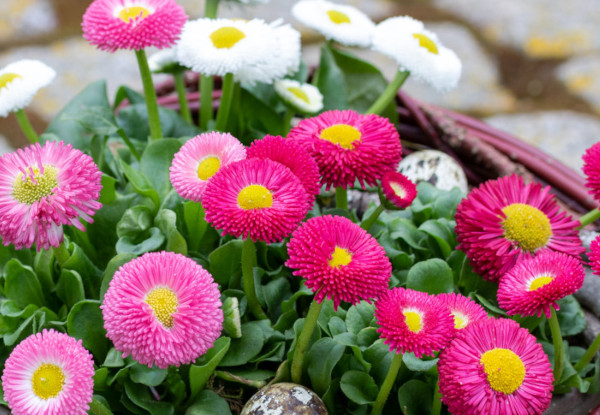
Key Information
Position

Soil Conditions

Flowering Period

Hardiness

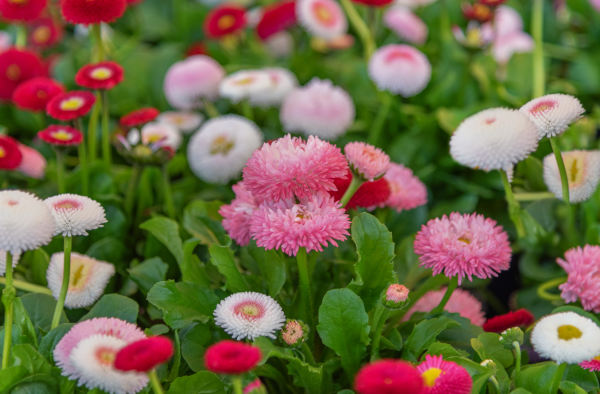
Where & when to plant Bellis
For best results, plant in autumn or spring. An autumn planting is suitable for those gardening in ‘mild’ conditions. (Broadly speaking, this is the southern half of the UK). For those liable to very cold winters or waterlogged ground, it is best to wait until spring. (This is generally the northern half of the UK, or anyone gardening on heavy, clay soil).
Cultivated bellis can be used in a range of situations; as ground cover, to fill gaps amongst perennials, to edge a path, as part of a container display, or in window boxes.
How to plant Bellis
- Clear the area of weeds
- Dig a planting hole and well-rotted organic matter if you have any
- Place the plant in the hole
- Backfill with soil and gently firm in with foot
- Soak well with water
- Mulch around the base with well-rotted organic matter
- Continue to water well until fully established.
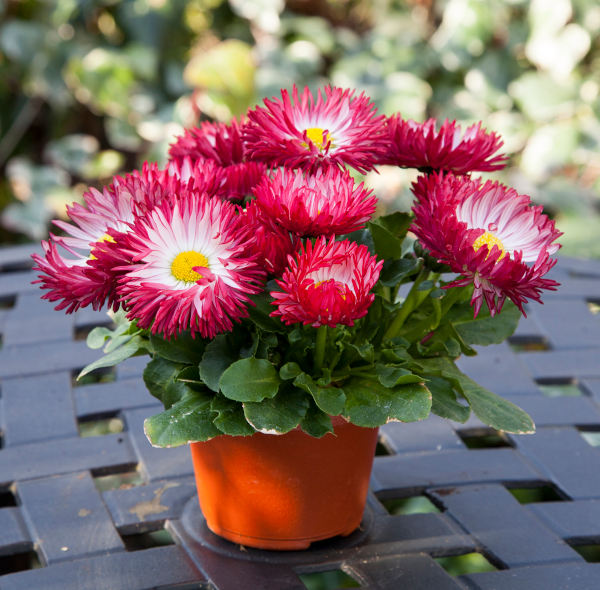
What to plant with Bellis
Cultivated bellis go well with other brightly coloured, spring flowering garden plants. Think primrose-polyanthus, muscari, violas, narcissus, myosotis, and antirrhinum.
Bellis look good used as ground cover amongst flowering shrubs, such as roses, cistus, or fuchsia.
If you would like any further planting ideas or growing advice for your bellis, please contact our friendly and knowledgeable Customer Care Team - we will be more than happy to help you.
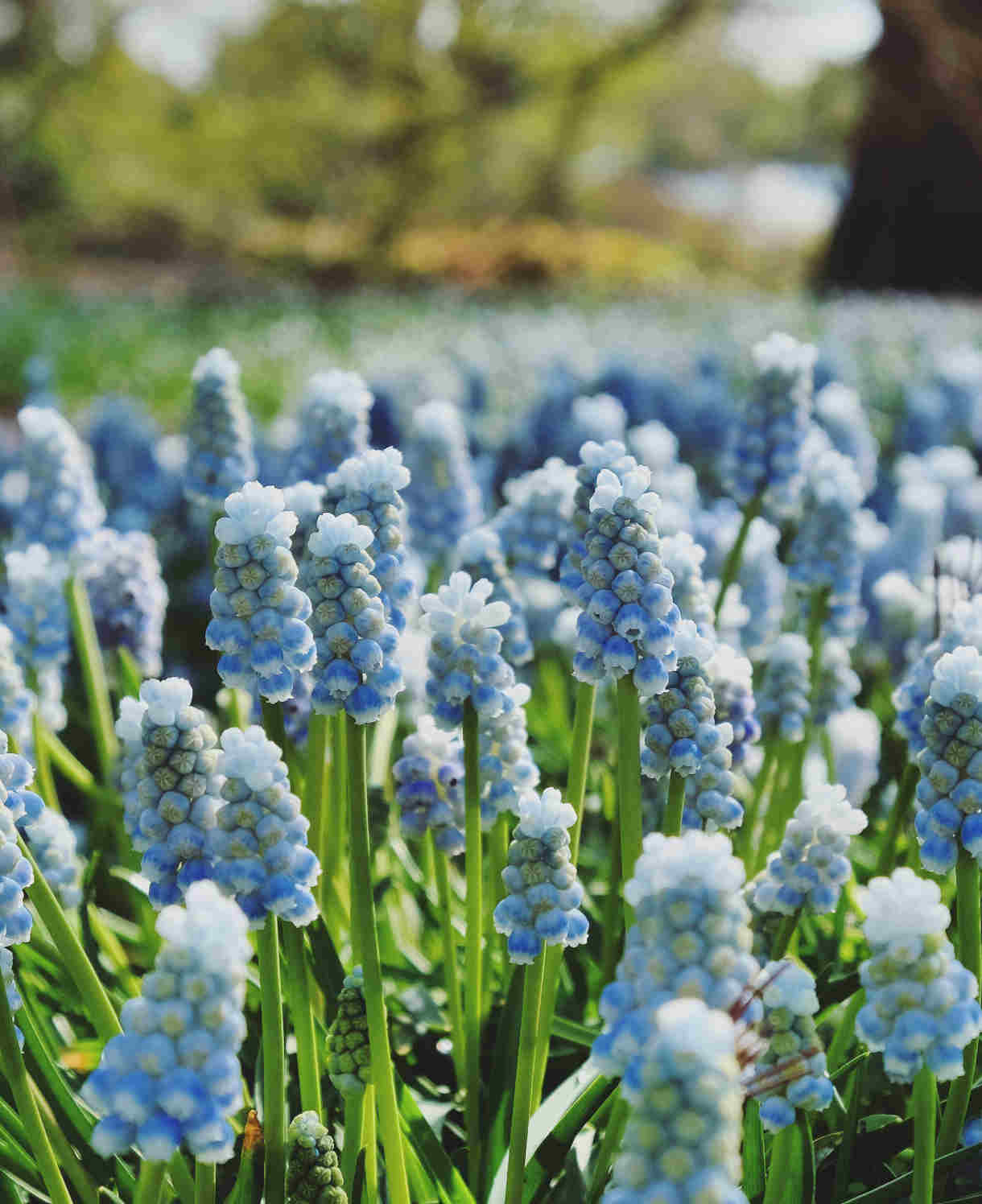
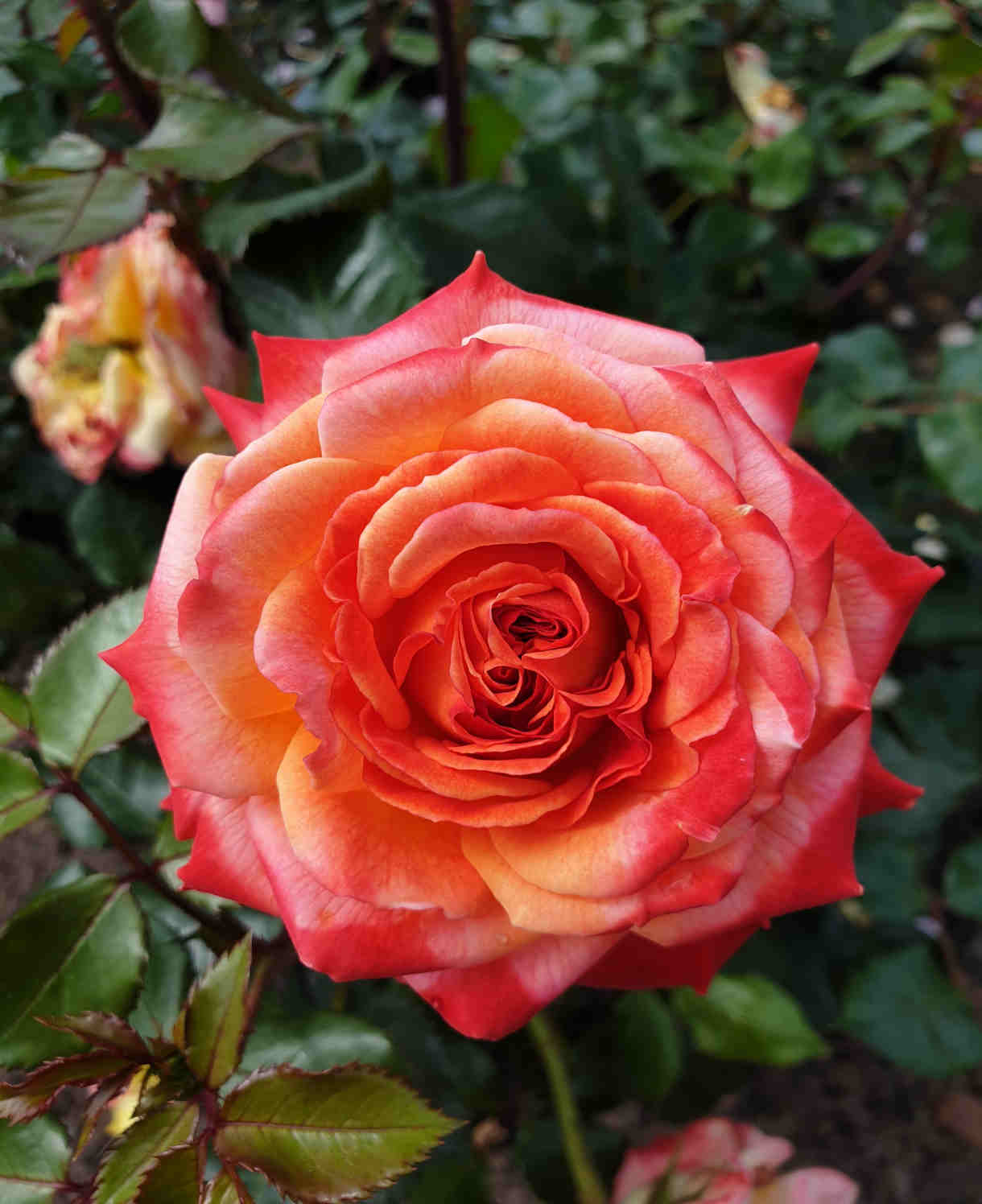
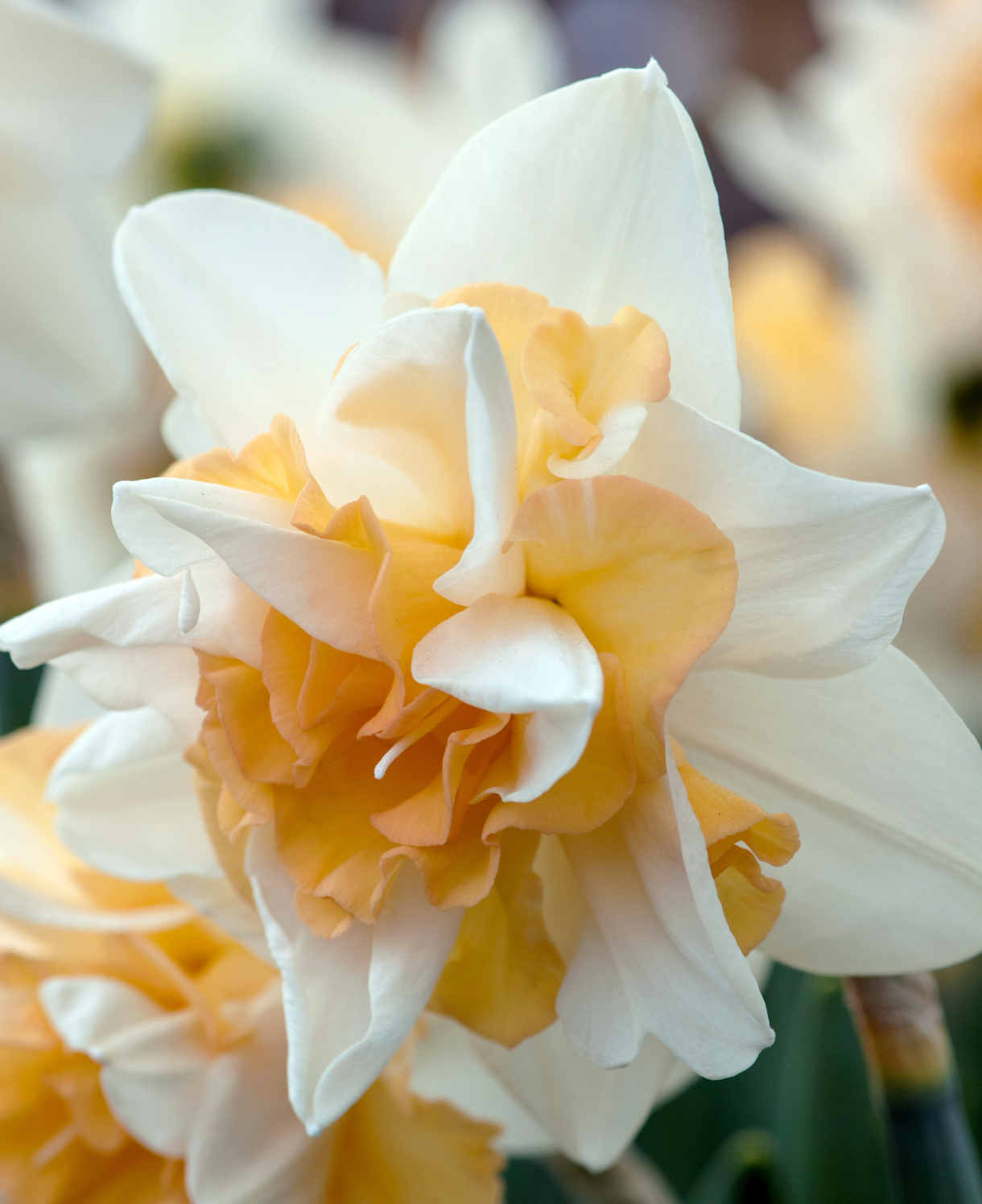
How to care for Bellis
Pruning and Deadheading
Deadhead regularly to maintain neat appearance and encourage the formation of new flowers.
No other pruning is required.
Watering
Water this moisture-loving plant well until established, then in very dry periods as required.
Cold Protection
Bellis is fully hardy, requiring no cold protection.
Pests and Diseases
Bellis tends to be pest and disease free when grown in the right conditions. However, stressed plants, or those grown in containers, may succumb to the occasional aphid infestation. Soap sprays can be useful in tackling these, as well as blasting with a moderately strong flow of water from a hosepipe.
How to propagate Bellis
To extend the appeal of these plants, which can quickly start to look tired and congested, lift and divide in early spring or autumn. Not only does this maintain the health, vigour, and appearance of existing specimens, it will also provide you with extra plants.
Cultivated bellis will often self-seed, though resultant plants are unlikely to ‘come true’ to the parent, i.e., double forms will quickly revert to single. If you wish to avoid this, deadhead before plants set seed.
Choose a day when the soil is not frozen or waterlogged. Dig the plant out of the ground. Shake off any excess soil.
Separate the plant into sections using either swift, cutting blows with a sharp spade, or two forks inserted back-to-back with tines touching, handles then pushed together to prise the plant apart.
Discard old, damaged, or surplus pieces, keeping healthy, vigorous material. Replant or pot up selected pieces as required. Water well until fully established.
Common Bellis Questions:
Why are bellis so often discarded after one growing season, when they are perennial?
These spring-interest plants are at their best in cool, moist conditions. Once they finish flowering and the weather becomes warmer, their appearance tends to decline, often prompting gardeners to remove them entirely and replace with something else. To overcome this issue, plant bellis among late season perennials or flowering shrubs, which will obscure and distract from the bellis. Lift and divide (as explained above) to ensure they look good the following year.
My bellis have started to look a little sad mid-flowering, what might the problem be?
Bellis suffers in hot weather, meaning an unseasonably warm spring can impact on their ability to flower. If you have experienced an early heatwave, give plants some TLC - feed, water, mulch, and hope for the return of cooler weather.
Are bellis good plants for pollinators?
Varieties with a visible central, yellow ray floret are an excellent source of nectar for pollinating insects. Pompom varieties, where petals obscure the central floret, tend to be harder for pollinators to access. If you are planting for the purposes of supporting wildlife, take care to select those with a more open habit.




